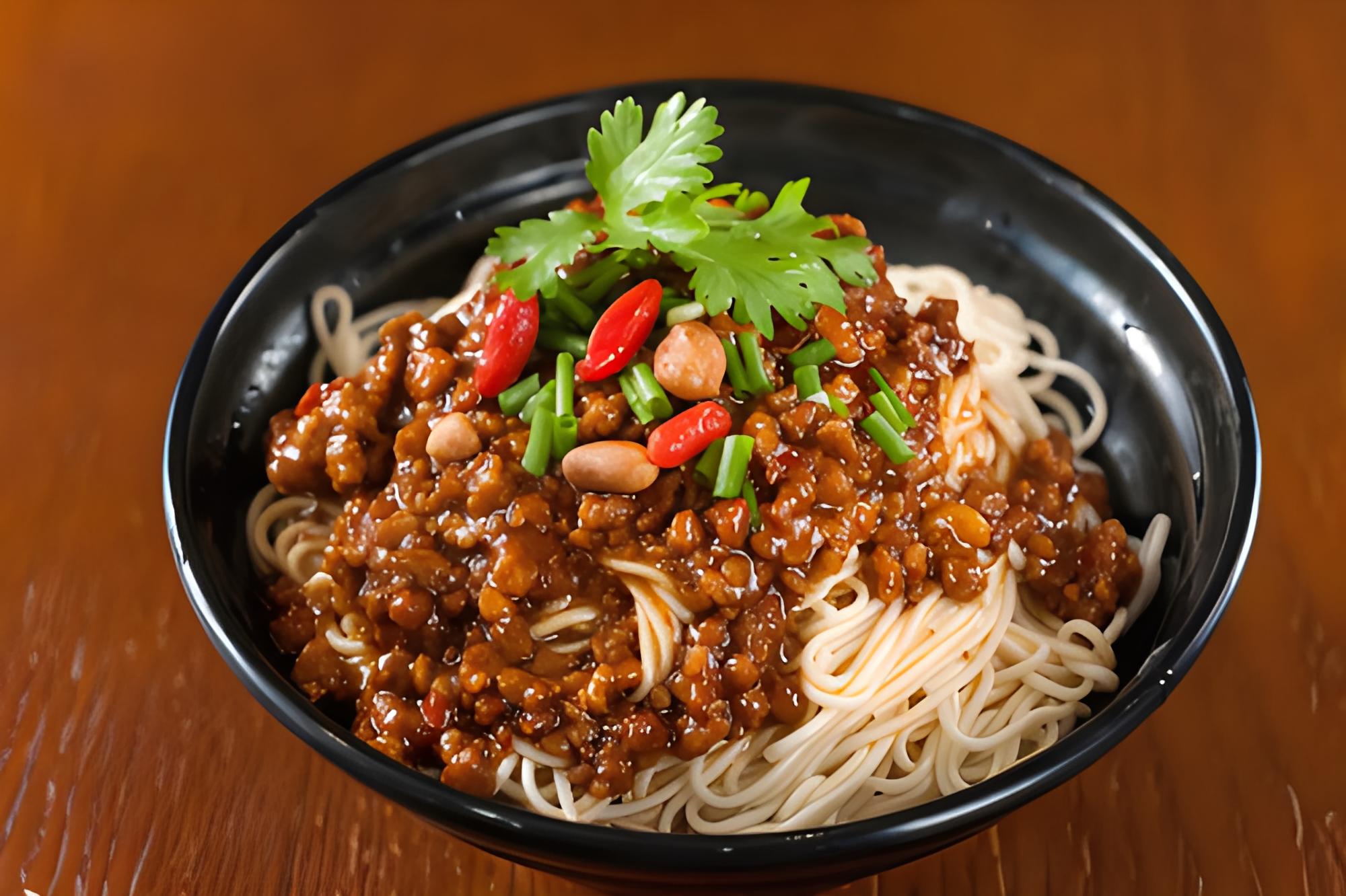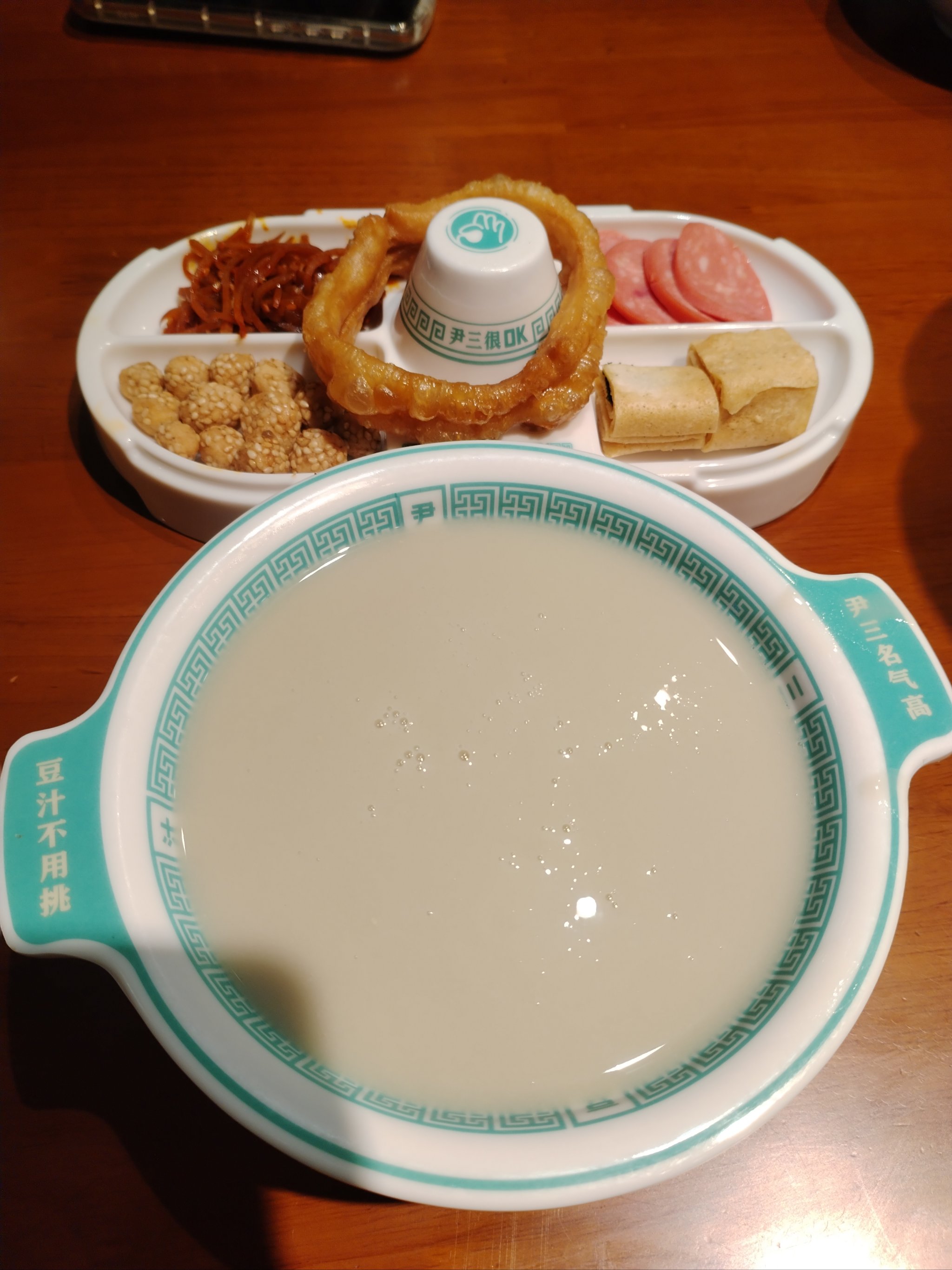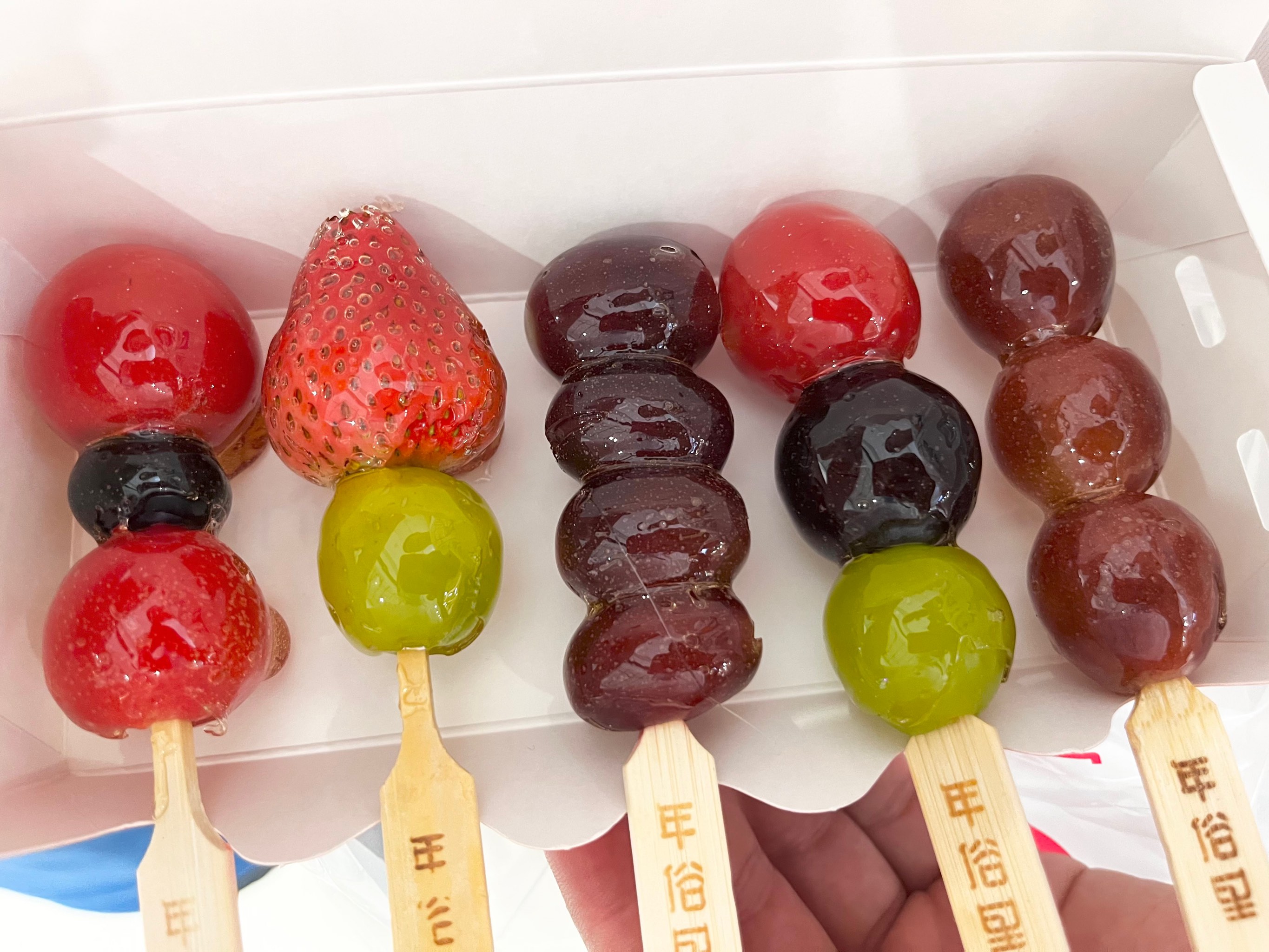Introduction & Highlights
The Forbidden City, also known as the Palace Museum, is a UNESCO World Heritage Site and the world’s largest and best-preserved ancient wooden architectural complex. Located in the heart of Beijing, adjacent to Tiananmen Square, it served as the imperial palace for 24 emperors during the Ming and Qing Dynasties. Spanning an area of approximately 720,000 square meters with nearly 9,000 rooms, the Forbidden City symbolizes China's rich history and showcases its remarkable architectural achievements, allowing visitors to experience the grandeur of ancient royal life.
Location & Layout
- Location: Central Beijing, north of Tiananmen Square.
- Layout: The Forbidden City is divided into two main sections:
- Outer Court: Used for ceremonies, official meetings, and major celebrations.
- Inner Court: The living quarters for emperors and their families, as well as a space for daily administration.
Key landmarks include the Hall of Supreme Harmony, Meridian Gate, and Imperial Garden.
Main Attractions
Hall of Supreme Harmony (Taihe Dian)
The largest and most magnificent hall in the Forbidden City, it was used for major ceremonies such as imperial enthronements and state celebrations.Hall of Mental Cultivation (Yangxin Dian)
The primary residence of Qing Dynasty emperors and a venue for handling state affairs, this hall reflects the emperor's daily life.Treasure Gallery (Zhenbao Guan)
Home to a collection of precious royal artifacts, including gold, jade, and pearl-encrusted items, showcasing exquisite craftsmanship.Meridian Gate (Wumen)
The grand southern entrance to the Forbidden City, featuring three prominent towers, it is an imposing and symbolic gateway to the palace complex.Imperial Garden (Yuhua Yuan)
Located at the northern end of the Forbidden City, this royal garden features pavilions, ancient trees, and elegant rock formations, offering a tranquil retreat.

Meridian Gate (Wu Men)

Hall of Supreme Harmony (Taihe Dian)

Hall of Mental Cultivation (Yangxin Dian)

Imperial Garden (Yuhua Yuan)

Treasure Gallery
How to Explore the Forbidden City
📑 Recommended Routes
Classic Route (2–3 hours):
- Enter through Meridian Gate (south entrance).
- Explore the Outer Court, including the Hall of Supreme Harmony.
- Visit the Inner Court and Imperial Garden. Exit via the Gate of Divine Might (north gate).
In-Depth Route (Half Day):
- Include visits to the Treasure Gallery, Clock Gallery, and other exhibition halls.
- Explore the Six Western Palaces or the Hall of Mental Cultivation for a more detailed experience.
🌐 Transportation
- Subway: Take Line 1 to Tiananmen East or Tiananmen West Station, or Line 2 to Qianmen Station.
- Bus: Multiple bus lines stop at Tiananmen Square or the Forbidden City entrance.
Best Time to Visit
- Spring (March–May): Comfortable weather with blooming flowers in the Imperial Garden.
- Autumn (September–November): Clear skies and moderate temperatures, perfect for photography.
- Summer (June–August): Visit early in the morning to avoid peak crowds and midday heat.
- Winter (December–February): Fewer visitors, and occasional snow adds a unique charm to the palace.
Tickets & Opening Information
Opening Hours:
- April–October: 8:30 AM–5:00 PM (last entry at 4:00 PM).
- November–March: 8:30 AM–4:30 PM (last entry at 3:30 PM).
Ticket Prices:
- Peak Season: ¥60 per person.
- Off-Season: ¥40 per person.
- Additional fees apply for special exhibitions, such as the Treasure Gallery (¥10–20).
Booking: Tickets must be purchased online in advance, available through the Palace Museum’s official website or reputable travel platforms.
Suggested Itineraries
Half-Day Tour
- Morning: Enter via Meridian Gate, visit the main halls in the Outer Court, and explore the Treasure Gallery.
- Midday: Stroll through the Imperial Garden and exit via the northern gate.
- Lunch: Enjoy traditional Beijing cuisine at nearby restaurants.
Full-Day Tour
- Morning: Follow the classic route, visiting the main halls and exhibition areas.
- Afternoon: Explore less crowded areas such as the Six Western Palaces and the Hall of Mental Cultivation.
- Evening: Enjoy the illuminated view of Tiananmen Square at night.
Food Recommendations
The area around the Forbidden City offers many iconic Beijing delicacies:
Peking Duck
Crispy skin and tender meat, served with thin pancakes and condiments, is a must-try dish.Zhajiangmian (Soybean Paste Noodles)
A traditional noodle dish mixed with flavorful soybean paste and fresh vegetables.Douzhi (Fermented Mung Bean Drink)
A distinctive old Beijing breakfast drink, best paired with crispy fried dough rings.Candied Hawthorn (Tanghulu)
Sweet and sour skewered hawthorn berries coated in a sugar glaze, a popular street snack.
Food Trail Suggestions
- Lunch: Try Peking Duck at a famous restaurant like Quanjude.
- Snacks: Savor candied hawthorn from nearby street vendors.
Travel Tips
- Book tickets in advance, especially during peak season (April–October).
- Wear comfortable shoes as the palace complex requires extensive walking.
- Bring sunscreen and a water bottle for summer visits.
- Download the official Palace Museum app for audio guides and maps.
- Follow the rules: do not touch artifacts or climb restricted areas.



